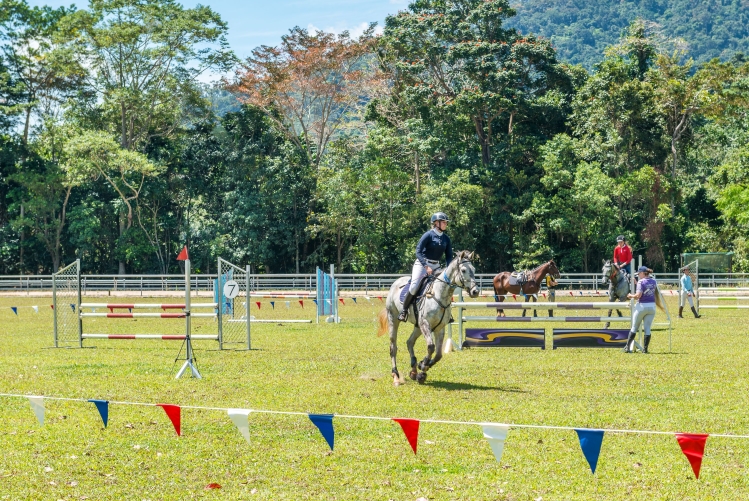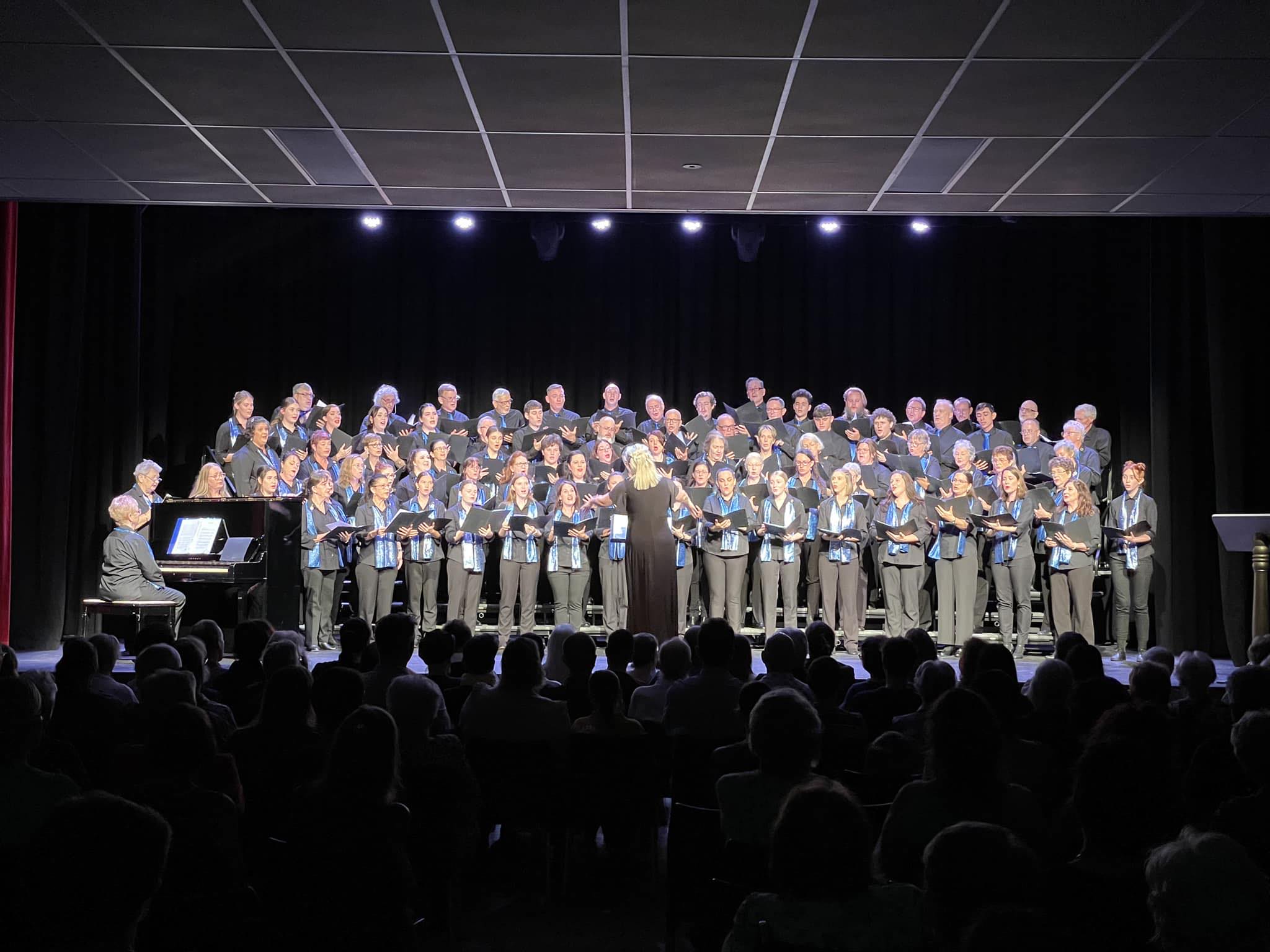Facilities
Go Clubs can help clubs and community groups access the best available Council facility for their needs and arrange a form of tenure that suits all parties.
Several different tenure agreements (the conditions under which land or buildings are held or occupied) are available for clubs and community groups, including:
- Permits (bookings)
- Agreements
- Co-location with an existing club
- Leases
The type of tenure offered by the Council will depend on the following:
- The type of activity undertaken.
- What infrastructure is required.
- The suitability of the premises.
- How regularly the activity occurs.
1. Permits (bookings)
Council has a variety of bookable spaces, including meeting rooms, community halls, BBQs, parks, sports fields, arts venues, workshops and creative development spaces etc. The benefits of booking a space include:
- The club does not have to manage the space – turn up and exclusively use the space at the permitted times.
- The club does not have to consider the obligations that come with a higher form of tenure, including maintenance, security, rates etc.
2. Agreements
Clubs and community groups that wish to book a public space in a seasonal /re-occurring manner may be eligible to enter an agreement with Council. There are various types of agreements, including user, management, license agreements etc. Regardless of the type, an agreement is a document that stipulates Council and the club’s obligations when it comes to tenure over the facility.
An agreement works in the same way as a booking (eg you receive a permit/agreement showing the permitted times of use) but may allow the group to have allowances such as (but not limited to):
- Access to storage space.
- Permission to leave equipment set up onsite.
- Exclusive use over extended periods.
These allowances will normally come with conditions such as (but not limited to):
- The hirer is responsible for cleaning/maintaining particular areas of the facility.
- The hirer has to accommodate other users at particular times (eg a re-occurring annual event).
This provides a more structured form of tenure than a booking without having all the lease obligations.
3. Co-location with an existing club
Given the scarcity of available land, co-locating with an existing club or community group may be the best option for a club seeking tenure, e.g. a gridiron club seeking a rectangular field to train/play regularly may locate with a rugby club that holds a lease over a facility but can share the facility OR a club seeking a meeting room for regular activities may co-locate with an arts organisation which has available space at their location.
The benefits of co-locating are often mutually beneficial for both clubs involved, including:
- Ability for the groups to collaborate to stage events, develop the facility etc.
- Greater ability to win grants (the more active a space, the more grant bodies will be willing to fund upgrades, events etc.).
- Greater activation of a space – therefore, more passive surveillance and less chance of vandalism/theft.
- Opportunity for the existing club to raise revenue (through rent) or get assistance with maintenance etc.
Go Clubs can assist clubs seeking a space to find a suitable club to co-locate with. Alternatively, you can connect with our local clubs on our Go Clubs Facebook page. Go Clubs can also help the clubs negotiate the terms of the arrangement and help formalise the arrangement using an agreement between the anchor tenant (existing club) and the club seeking space.
4. Leasing
A lease is a contract by which one party conveys land, property, services, etc, to another for a specified time, usually in return for a periodic payment. For clubs seeking exclusive, permanent use of space for an extended period (multiple years), leasing land from the Council may be the best option. Please note, available land is scarce, and clubs may be put on a “waiting list” until suitable land becomes available.
A lease gives a club exclusive use of space for the duration of the lease. Benefits include:
- The club manages all aspects of the space.
- The club can (with Council’s approval) undertake upgrades of the facility.
- The club can (with Council’s approval) hire/sub lease etc, parts of the facility to other clubs to raise revenue.
- The tenure arrangement is long-term and legally binding, giving the club peace of mind.
- These arrangements are made using a peppercorn lease (peppercorn leases are leases where the lease payments do not reflect the fair value of the property being leased – ie cheap rent), therefore allowing clubs ongoing access to a facility that would typically cost excessively more.
Rates-Based Financial Assistance
Council will consider rate-based assistance for non-profit groups. The applicant club must be the owner, lessee, and occupier of the land, with the rate notice issued in the club’s name. The land must be used for which the rating concession applies. Clubs that own, lease, manage or operate premises with poker machines are not eligible.
When a club enters into a lease agreement they must abide by the standard terms of that lease. Under the standard terms (unless otherwise negotiated/noted), all maintenance and repair of assets within the leased area is the lessee's responsibility (the club). All clubs must understand the terms of their lease. If you don’t have a copy of your lease, contact the Council to obtain a copy.
Maintenance should be undertaken regularly to ensure the upkeep and longevity of the facility and in accordance with all relevant legislation. A record of any certificates and invoices for maintenance or repair items should be kept by the club’s committee.
For maintenance issues that are not the club’s responsibility to rectify (eg Council's responsibility), clubs can complete a 'Report a problem form'.
It is recommended that your club assign a Facility/Project Manager ( PDF, 0.14 MB ) to coordinate the maintenance and upgrade of the facility.
It is also recommended that you include facility maintenance as part of your strategic plan to determine the work required to keep assets maintained and compliant and increase their life cycle. The following Asset Register Template ( PDF, 0.11 MB ) will assist clubs with creating a register of investments and associated costs for maintenance and disposal. A Facility Management Plan will help your club achieve short and long-term goals.
Sinking Fund
It is best practice to allocate money to a sinking fund (a fund formed by periodically setting money aside for the maintenance or replacement of a wasting asset). The type of facility costs that a sinking fund should be established to cover those significant costs that do not happen each year but are likely to be incurred over a more extended period. For example, a sinking fund would not cover replacing a light globe, but rewiring the clubhouse electrics would. Typical costs covered by a sinking fund include:
- Repairs and maintenance of fire safety equipment – alarm systems, sensors, extinguishers, hoses, etc.
- Repairs and maintenance of the building or site security equipment – cameras, sensors, alarms, control units, recording devices, etc.
- Repairs and replacement of kitchen canteen equipment – cooktops, ovens, dishwashers, fridges, freezers, etc.
- Repairs and maintenance of clubhouse amenities – bathroom furniture, shower units, water tanks, tiles, plumbing, etc.
- Building flooring repairs and replacement – tiles, matting, carpets, etc.
- Painting of clubhouse, both interior and exterior.
- Replacement or repairs of other building components – gutters, roofs, windows, doors, electrical systems, solar panels if installed, pest damage, etc.
- Replacement of entertainment systems – TV screens, satellite dishes or cable feeds, music and PA systems, etc.
- Maintenance and replacement of other equipment – groundskeeping assets, high-value specialised sporting equipment, floodlighting, etc.
Sports Lighting
All sports lighting should operate under a cyclic maintenance program. An effective cleaning and maintenance schedule will ensure the installation continues to operate at maximum efficiency throughout its life cycle.
The Queensland government have developed a factsheet that provides an excellent overview of sports lighting maintenance.
Security
There has been an unfortunate spate of crime reported in our clubs. When protecting your club, the best defence is a good offence. Having suitable business security protocols in place to mitigate any loss is crucial. The Queensland Police Service has a helpful guide on security.
It's also essential to ensure your club is adequately insured should you fall victim to crime.
All clubs must understand the terms of their lease. If you don’t have a copy of your lease, contact the Council to obtain a copy. When a club enters into a lease (and in some cases, other tenure arrangements) with Council, they are responsible for complying with the lease and associated legislation, including but not limited to:
1. Licenses
Liquor cannot be sold and/or consumed on Council premises unless Council grants approval and a liquor licence has been obtained from the Queensland Government. For further information, please speak to Council’s Licensing & Approvals team on 1300 692 247
Sports clubs are strongly encouraged to participate in the Good Sports Program to demonstrate responsible management of alcohol.
Any club that handles, prepares, and sells food may require Council approval. Cairns Regional Council provides information on food safety and licensing.
2. Fire/electrical compliance
Facilities must meet fire and electrical compliance regulations. This requires periodic testing of fire equipment and Residual Current Devices (RCD's). If you have any questions regarding your fire/electrical compliance obligations, please contact Council or a local contractor.
3. Insurance
Council requires lessees to have public liability insurance to the minimum value of $20 million dollars to insure against damage to the property or bodily injury that any person may suffer due to an accident or happenings in any way connected with or arising out of the hire of the premises.
The lessee is required to present Council with a Certificate of Currency that notes the Council’s interests as owner. This is for the protection of the lessee in the event of legal action.
Council does not require lessees to have insurance other than Public Liability Insurance. However, it is recommended that lessees weigh up their risk and take out adequate insurance to counteract this. For further info on insurance, please visit Risk Management and Insurance.
4. Signage
If you occupy Council owned/controlled land, outward-facing commercial signage is not permitted and sponsorship signage requires a permit. There is no denying that recognising your sponsors is important, but Council has rules regarding what you can and cannot put on the outward-facing side of the fence around your facility.
We have put together this factsheet ( PDF, 0.89 MB ) walking you through the process and have templates you and your signwriter use when putting up either generic or sponsorship signage.
The good news is, if you are a not-for-profit organisation, you can apply for signage approval, and no Council fees apply.
Signage Style Guidelines ( PDF, 0.69 MB )
Word Templates:
Generic signage template ( DOCX, 0.01 MB )
Sponsorship signage template ( DOCX, 0.01 MB )
Sponsorship PDF Templates:
Small sponsorship (1200 x 600) PDF template ( PDF, 0.37 MB )
Medium sponsorship (1500 x 750) PDF template ( PDF, 0.37 MB )
Large sponsorship (2000 x 1000) PDF template ( PDF, 0.38 MB )
Extra large sponsorship (2400 x 1200) PDF template ( PDF, 0.38 MB )
Generic PDF Templates:
Small generic (1200 x 600) PDF template ( PDF, 0.38 MB )
Medium generic (1500 x 750) PDF template ( PDF, 0.38 MB )
Large generic (2000 x 1000) PDF template ( PDF, 0.38 MB )
Extra large generic (2400 x 1200) PDF template ( PDF, 0.38 MB )
Your Strategic Plan will often incorporate plans for upgrading your club’s facility. The management and upgrade of a facility can be quite a specialised undertaking, and it is recommended that clubs find the right person/people to fill the role of Facilities/Project Manager if required. Our Club Structure section provides plenty of useful information to ensure you find the correct person for the role.
It is important to think strategically about facility upgrades and:
- Compile a prioritised list of required projects.
- Scope the projects.
- Seek necessary approvals.
- Identify how to fund the project.
1. Prioritising Projects
Often committees will have an extensive list of projects they wish to complete varying in size and complexity. The first task a club should complete when planning facility projects is compile a prioritised list of projects. This will allow the club to focus their energy on working through the list in a manner to ensure they are tackling the highest priority projects first.
When prioritising projects, ask yourself:
- Why is the project needed?
- How will the project meet the club’s needs?
- What will the project achieve? For example, installing floodlights may allow a sports club to play night competition, thus increasing membership and attendance and therefore raising revenue.
- Will the project make money or cost money? If it makes money, then there is a return on investment. If it costs money (maintenance etc), the club needs to be sure it’s worth the investment.
- Will the organisation be able to deliver the project? Does the organisation have the relevant project management experience/knowledge to scope and deliver the project.
2. Scoping Projects
Once a clear, prioritised list of projects has been compiled, it is important to scope each project. Minor projects will require minimal planning/scoping (for example – installing a water bubbler will generally not require design, plans etc.) Scoping larger projects may involve:
- Seeking planning advice from Council/contractors to investigate the planning implications of a project. To assist, Council’s planning scheme can be found here.
- Engaging an architect/engineer/quantity surveyor to assist with the engineering design/planning of the project.
- Obtain multiple quotes from applicable tradespeople to complete the project. Note – when applying for grants, most grant bodies will require multiple quotes as part of a grant application to ensure applicants are following good procurement practices.
3. Seeking necessary approvals
Clubs planning to undertake upgrade projects on Council-controlled land must first seek in principle support (also known as landowner’s consent) from Council. This is the tenant (the club) seeking approval from the landlord (Council) to make permanent changes to the facility. Clubs and community groups must complete and lodge an Improvement Works Form to seek in-principle Council support Improvement Works Form. ( PDF, 0.37 MB )
The Improvement Works Form allows various departments of Council to assess the project and (assuming no concerns) return a letter of support to the applicant outlining any further approvals which may be required, such as:
Note - receiving a response can take up to 4 weeks once an Improvement Works form is lodged.
For further information on Building/Development approvals, call 1300 692 247 and ask to speak to Council’s Planning team.
For complicated projects, an external planning consultant may be required to assist in navigating the process.
For clubs leasing land from an entity other than Council, they must engage with their landlord to seek the necessary landowner’s consent.
4. Funding the project
Once a scope has been identified and necessary approvals are in place, the club can commence the project. The final puzzle piece is finding the funds required to deliver the project.
Most projects will be funded in one (or a mix) of the following ways:
- Cash reserves – The club funds the project from existing cash reserves.
- Grant Funding – the club seeks grant funding to deliver the project.
- Sponsorship – a sponsor will complete a part / all of the project and usually expect something in return eg, marketing signage displayed at the facility.
- Fundraising – a club will fund a particular project (usually by staging a fundraising event).
- Crowdfunding - is a way of raising money for a specific project using the internet and social media networks to raise small amounts of money from many people (cumulatively, this can equal a lot of fundraising dollars).
The following Council resources will assist with facility access and management:





